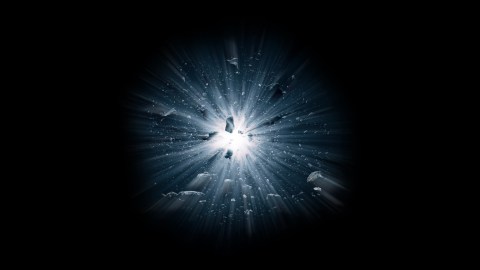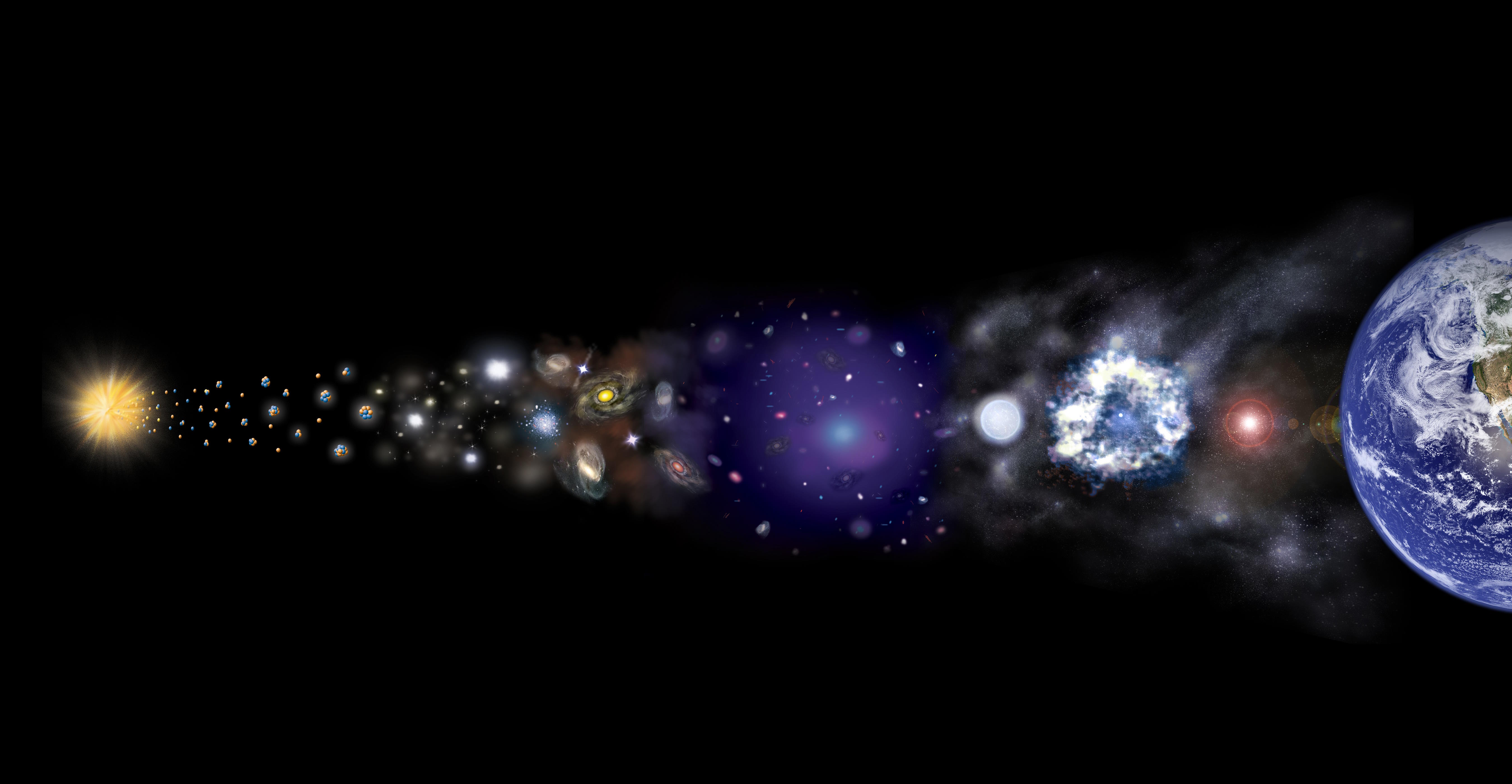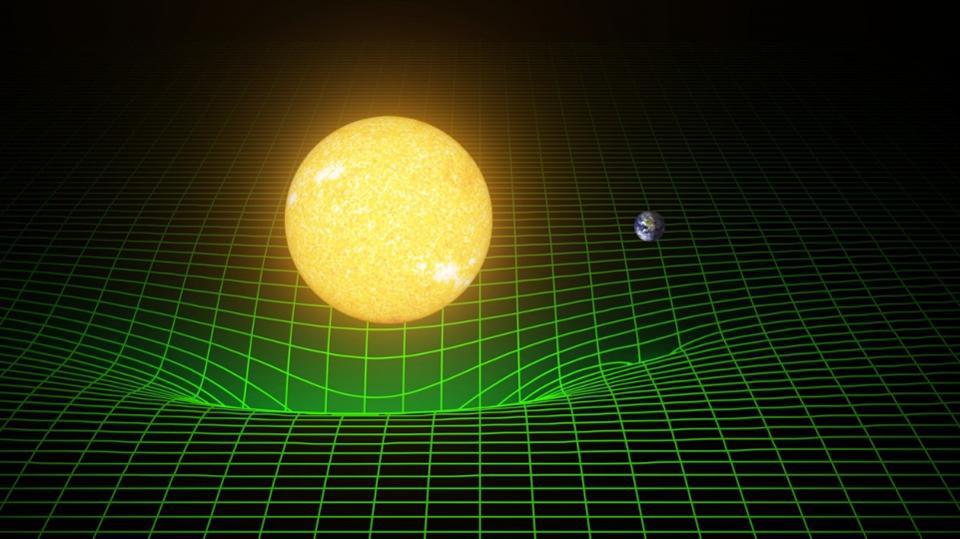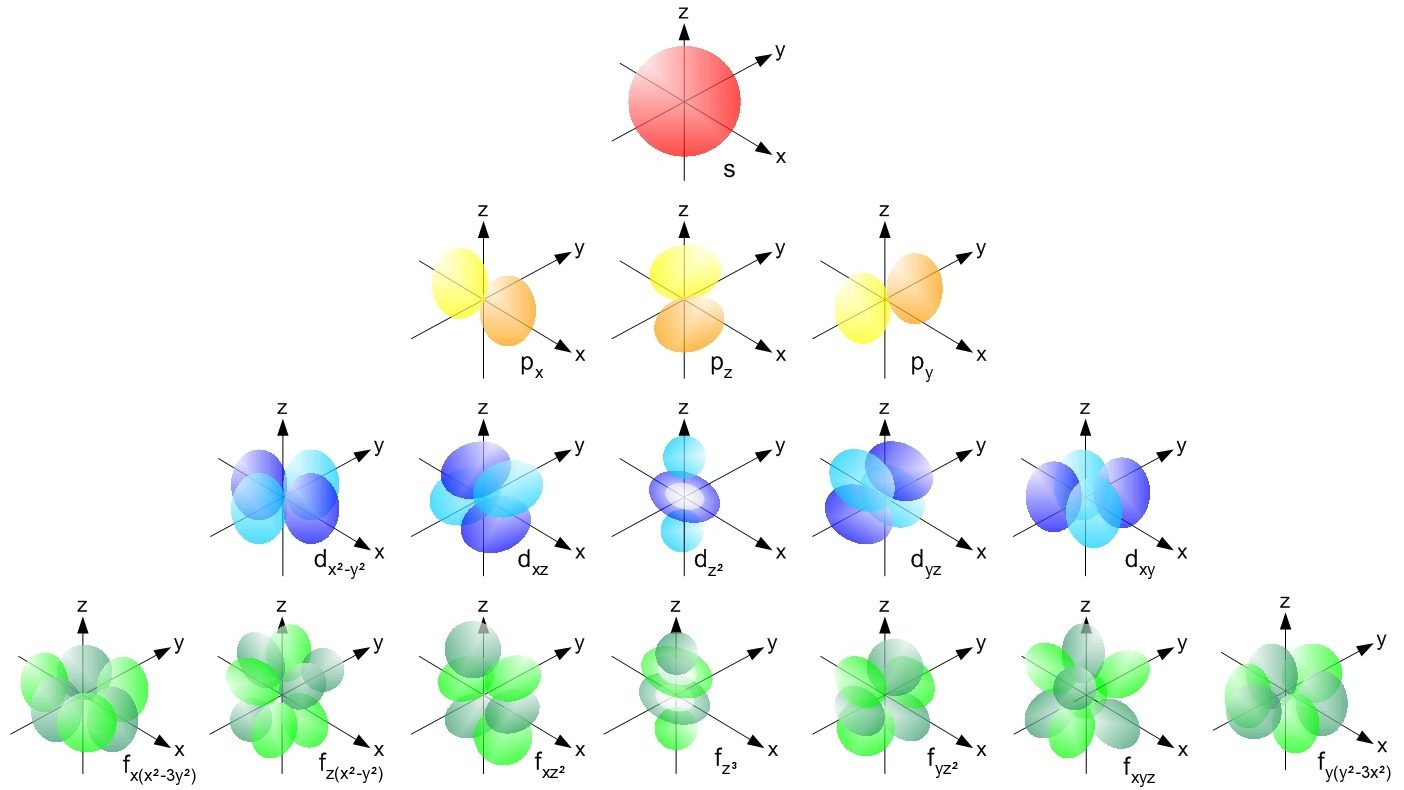Droplets of primordial soup are cooked up by scientists

(Johan Swanepoel/Shutterstock/Big Think)
- Scientists create droplets of quark gluon plasma.
- The droplets assume exactly the shapes researchers predicted.
- Far too hot to touch, but a fascinating glimpse at morsels of primordial soup.
For a few microseconds after the Big Bang, the universe was too hot a place for atoms’ constituent particles to hold together. Instead, it’s believed that the first stuff that existed during those fleeting moments was a not-quite liquid quark gluon plasma, the “primordial soup” of the universe. Now, for the first time ever, scientists have created actual, super-hot droplets of this goo in the lab. “Our experimental result has brought us much closer to answering the question,” says lead researcher Jamie Nagle of University of Colorado Boulder, “of what is the smallest amount of early universe matter that can exist.” Nagle explained his work to CU Boulder Today.

Artists’s conception of droplet shapes
(Javier Orjuela Koop)
The PHENIX experiment
This look into the universes’ earliest matter was the mission of the PHENIX project, the results of which have been published in Nature Physics. Nagle and colleagues at Vanderbilt University created the droplets by smashing packets of protons and neutrons together in different combinations, resulting in temperatures in the millions of degrees Celsius. This took place within the massive Relativistic Heavy Ion Collider (RHIC) at Brookhaven National Laboratory in Upton, NY.
The scientists found that droplets were created which expanded to form three different geometric patterns: circles, eclipses, and triangles, providing compelling evidence that early matter behaved like a fluid, a theory that’s been developing for decades.

The RHIC in Brookhaven, where PHENIX experiments occurred
(U.S. Department of Energy)
Leading up to PHENIX
When scientists first started investigating this matter in 2000 at RHIC, they smashed together heavy nuclei of gold atoms, achieving trillions of degrees in temperature. They saw the ingredients of protons and neutrons — quarks and gluons — break apart from each other and briefly flow freely. This state of matter has been described as a “perfect fluid,” says CU Boulder’s Paul Romatschke: “If you could have a bottle of this liquid on your desk and you were to tip it over and have it flow around an obstacle, it would do so with almost no friction.”
At the Large Hadron Collider in 2017, scientists reported they’d created quark gluon plasma by smashing together a pair of protons, an unexpected recipe for primordial soup since it had been assumed such particles would lack the required energy.

PHENIX-detected patterns
(Nagle, et al)
What the PHENIX team observed
Nagle’s team figured out a way of confirming the presence of quark gluon plasma droplets: By the patterns that they briefly produce upon creation. “Imagine that you have two droplets that are expanding into a vacuum,” says Nagle. “If the two droplets are really close together, then as they’re expanding out, they run into each other and push against each other, and that’s what creates this pattern.”
Specifically, they predicted that:
- smashingdeuterons — proton-neutron pairs — would form an ellipse.
- smashing helium-e atoms — containing two protons and a neutron — would generate a triangle.
- smashing a single proton would produce a circle.
And all three of these shapes were exactly what the PHENIX scientists observed. It’s our first good peek at what the universe began forming in its very earliest moments after the Big Bang.





